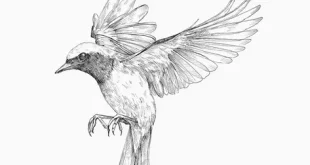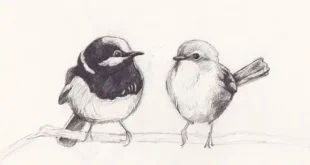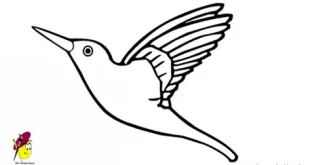Quail Birds: Nature’s Tiny Treasures
Quail birds are among the most captivating and versatile species in the avian world. inhabiting dense forests, or being raised on farms, quails have fascinated humans for centuries. Beyond their charm, they hold significant value in terms of biodiversity, agriculture, and culture.
1. Quail Birds Natural Habitat and Global Presence
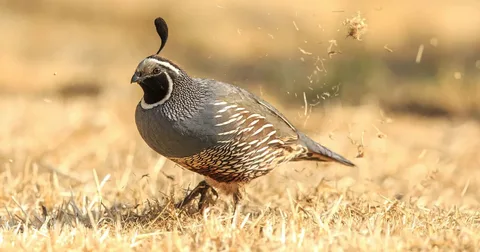
Quails are found on almost every continent, showcasing remarkable adaptability to diverse environments. From the Bobwhite Quails of North America to the Japanese Quails of East Asia and the Harlequin Quails of Africa, each species has evolved to thrive in unique surroundings.
They prefer semi-open landscapes like grassy meadows, farmlands, and shrublands, where dense vegetation offers shelter and protection. Their habitats are typically chosen for easy access to food sources such as seeds and insects while providing enough cover to evade predators. Quails are also highly migratory in some regions, with certain species traveling long distances to escape harsh winters and find favorable climates.
2. Distinctive Physical Features Quail Birds
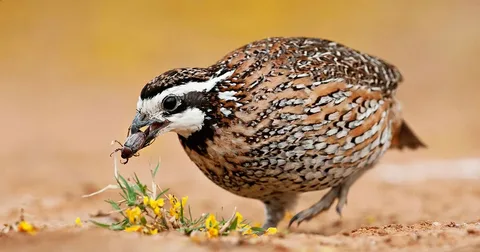
Quail birds are small yet striking in appearance, measuring between 4 and 11 inches depending on the breed. Their compact, rounded bodies and short tails give them a unique silhouette. Most species are adorned with intricate feather patterns in earthy shades of brown, tan, gray, and white, which act as natural camouflage against predators.
One of their most captivating traits is the plume or crest seen on certain species like the California Quail, giving them an elegant and recognizable appearance. While quails are generally shy, their swift movements and sudden, short bursts of flight make them fascinating to observe. Unlike many birds, they prefer running to flying, relying on their agility to escape danger.
3. Quail Birds Lifestyle, Feeding Habits, and Breeding
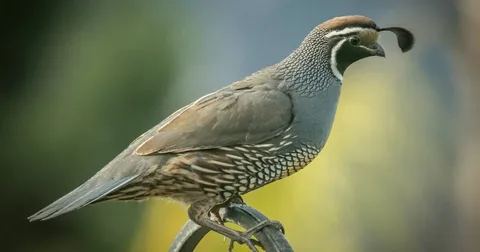
Quails are highly social birds, often forming small groups known as coveys, particularly during colder months. This flocking behavior offers warmth, safety, and cooperation in foraging.
Dietary Preferences
Being omnivorous, quails consume a diverse diet of seeds, grains, berries, small insects, and worms. This makes them vital contributors to the ecosystem by aiding in seed dispersal and maintaining insect population balance. Farmers benefit from their natural pest-control habits, as they feed on harmful bugs that threaten crops.
Breeding and Nesting
The breeding season varies by species but generally occurs during spring and early summer. Males display impressive courtship calls and postures to attract females. Quail nests are usually shallow scrapes on the ground, hidden beneath grass or shrubs to protect the eggs. A single clutch may contain 6 to 18 eggs, with incubation lasting 16 to 23 days.
Quail chicks are precocial, meaning they are remarkably independent soon after hatching. Within hours, they can walk, forage, and follow their mother, a survival adaptation that ensures higher chances of thriving in the wild.
4. Economic and Cultural Importance
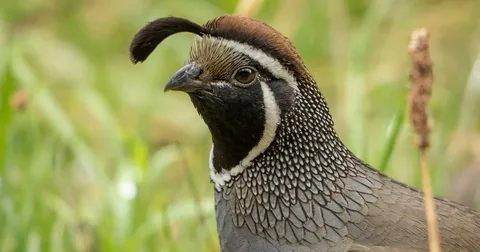
Quail birds hold exceptional significance for humans, not just in agriculture but also in culinary traditions and culture.
Agricultural Value
Quail farming has become increasingly popular due to their high reproduction rate, low maintenance, and nutritious produce. Quail eggs are considered a superfood, packed with proteins, vitamins, and minerals. Their meat is tender, flavorful, and widely sought after by gourmet enthusiasts. Farmers around the world are adopting quail farming because it requires less space and lower costs compared to other poultry.
Cultural Symbolism
Ancient literature and folklore often depict quails as resilient creatures capable of surviving adversity. In modern times, their soft, melodious calls have made them popular among birdwatchers and hobbyists alike.
5. Conservation Challenges and Future Prospects
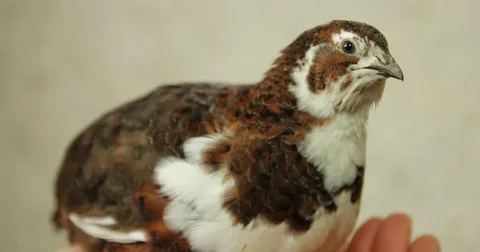
Despite their adaptability, several quail species face increasing threats due to deforestation, climate change, and overhunting. Species such as the New Zealand Quail are now extinct, while others like the Mountain Quail are under strict conservation monitoring.
Organizations worldwide are taking active steps to ensure the survival of quail populations. Conservation strategies include:
- Habitat restoration projects to rebuild natural ecosystems
- Captive breeding programs to replenish dwindling populations
- Awareness campaigns promoting sustainable hunting and farming practices
Sustainable quail farming not only meets human needs but also plays a role in reducing pressure on wild populations, striking a balance between ecology and economy.
 Birds Drawing Birds Drawing
Birds Drawing Birds Drawing

